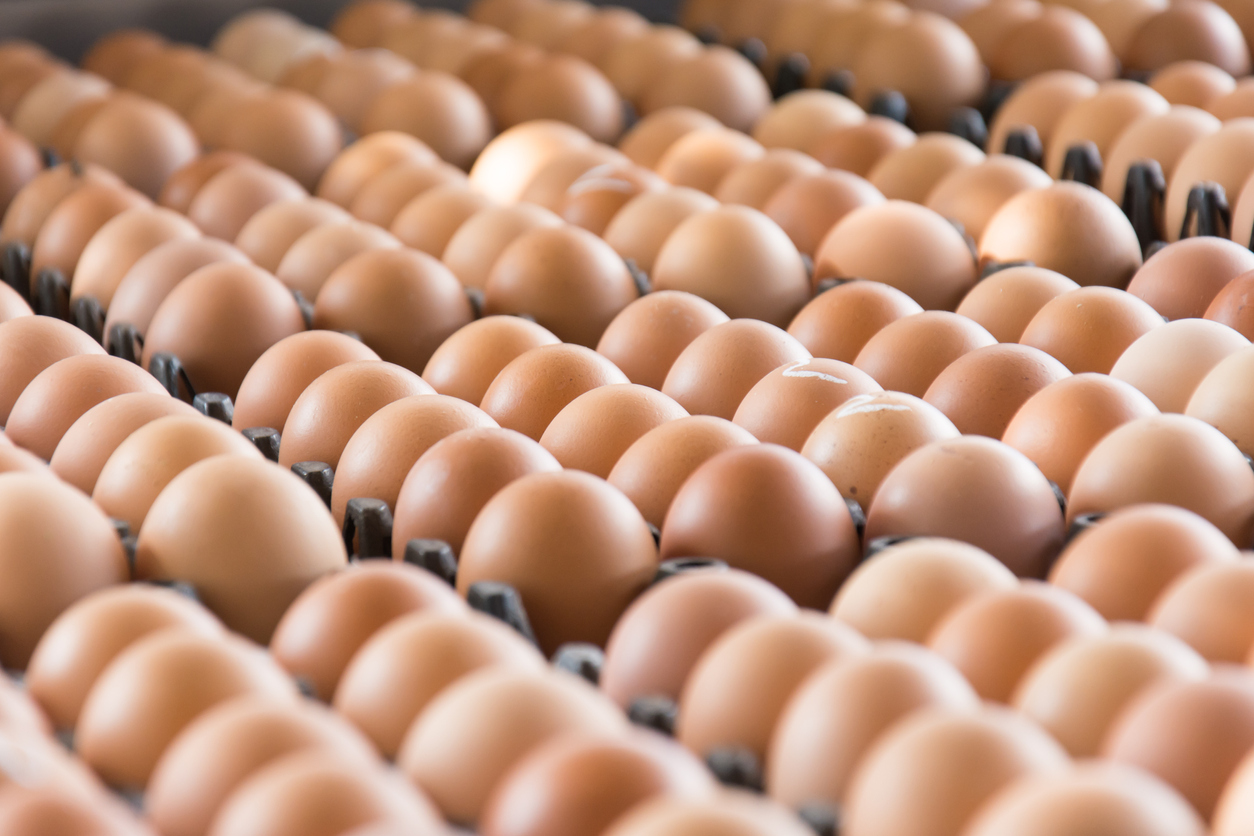China’s Egg Market Analysis: Dive into Pricing Patterns with Wigmore Trading
China’s Egg Market Analysis: Dive into Pricing Patterns with Wigmore Trading
Welcome to the world’s largest egg market – China! With its massive population and growing demand for protein-rich foods, it comes as no surprise that the egg industry in this nation is booming. Today, we are going to take a deep dive into understanding the pricing patterns of China’s egg market with none other than Wigmore Trading, your trusted partner in analyzing global markets. From fluctuating prices to emerging trends and everything in between, get ready to crack open a treasure trove of insights that will leave you thoroughly informed about this lucrative sector. So sit back, grab a cup of tea (or should we say yolky delight?), and let’s delve into the fascinating world of China’s egg market together!
How does the Chinese egg market work?
The Chinese egg market is one of the most important agricultural markets in the world. It covers over 94% of the country’s total egg production and has a value of $2 billion. The market is highly competitive and prices are highly variable, with some products commanding high prices while others are cheaper.
There are three main types of eggs sold in China: fresh, frozen, and processed. Fresh eggs are sold raw or slightly cooked and can be eaten straight out of the carton or cooked in various ways. Frozen eggs are either baked or boiled and then frozen. Processed eggs include both dry and wet forms such as cake, mayonnaise, sauces, etc. Wet processed eggs are most popular in China because they have a longer shelf life than dry processed eggs.
The Chinese egg market is broken down into 22 provinces and cities with different pricing patterns based on location and product type. Prices for fresh eggs vary significantly from province to province with Beijing being the highest price point followed by Zhejiang Province. Price variation for frozen eggs is also significant with some provinces having lower prices than others. Processed egg products tend to have more consistent prices across all provinces.
The main drivers of price change in the Chinese egg market are demand (from consumers), supply (from farmers), and international trade conditions (such as import tariffs). Demand for Chinese-produced eggs has been increasing due to rising incomes and increased demand from developed countries such as Japan and South Korea which have become major imp
What are the main egg producing countries in China?
China is the world’s largest egg producer, with a production of 43.4 million tons in 2016. The country ranks first in terms of egg production and second in terms of poultry birds. China also ranks first in terms of eggs exported.
However, China’s egg market is highly competitive, with prices for fresh eggs varying significantly from region to region and even village to village. In the past few years, however, there has been some consolidation within the Chinese egg industry, leading to higher prices across the board. This has helped to increase demand and stabilize the market overall.
Despite this consolidation, there remains significant price variation between different regions and villages throughout China. Fresh eggs from Henan province typically sell for 2-3 times more than eggs from Beijing or Shanghai. Prices for frozen eggs are also much higher in rural areas than they are in urban areas.
What are the different types of eggs produced in China?
The Chinese egg market is highly diverse, with different production areas producing eggs of different qualities and prices. The table below provides an overview of the key types of eggs produced in China, along with their respective production areas.
Type of Egg Production Area
Large White
Northern China
Central China
Southwestern China
Eastern China
Black Eggs
Hen Eggs
Type of Egg Production Area: Large White eggs are principally produced in Northern China while Central and Southern Chinese provinces produce large white and black eggs respectively. These three types account for almost 90% of the total output.
What are the most popular egg products in China?
China is the world’s top egg producer and consumer, with household consumption accounting for around 60% of total production. Domestic production has been increasing rapidly in recent years due to rising incomes and urbanization, while exports have been sluggish due to a number of factors including tariffs and market restrictions.
In 2017, China produced an all-time record 36.2 million metric tons of eggs, up 6% from 2016. This was driven by higher output in Henan, Shandong, Hebei, Liaoning and Sichuan provinces. Imports reached a new high of 21.8 million metric tons last year, accounting for around 60% of domestic demand. Exports totaled 9.5 million metric tons (down from 10 million metric tons in 2016), mainly to Japan and South Korea.
The most popular egg products in China are scrambled eggs (made with either fresh or frozen eggs), omelette (with either fresh or frozen eggs), boiled eggs (either hard boiled or soft boiled), fried eggs (either sunny side up or over easy) and egg soup (which often contains meat). Scrambled eggs are by far the most popular product type in China, with sales reaching 27 million metric tons last year. Omelette sales were next at 16 million metric tons, followed by boiled eggs at 12 million metrictons, fried eggs at 9 million metric tons and egg soup at 8 million metric tons .
What are the average prices of eggs in China?
The Chinese egg market is one of the most significant agricultural markets in the world and is worth an estimated $19 billion annually. With such a large potential market, it’s no surprise that there are a variety of different prices for eggs in China. In this blog post, we’ll take a look at the average prices of eggs in China and see what factors influence them.
Wigmore Trading recently conducted a study on the Chinese egg market to better understand pricing patterns. They found that there are three main price points in the Chinese egg market: high, medium, and low. The high price point is typically associated with organic eggs, while the medium and low price points represent conventional and free-range eggs, respectively. The main drivers of these prices are distance to markets, feed costs, and tariffs.
Looking at distance to markets, it’s clear that cities near major highways have higher egg prices than those located further away. This is because it takes more time for farmers in remote areas to transport their products to major cities. Feed costs also play a role in determining egg prices; as feed costs increase, so does the price of eggs. Tariffs also have an impact on egg prices in China; as tariffs increase, so does the cost of conventional eggs.
Wigmore Trading found that there are a variety of different price points for eggs in China due to a variety of factors such as distance to markets, feed costs, tariffs, and organic versus conventional production
Conclusion
In this China’s egg market analysis, we take a look at pricing patterns in the industry to help you get an idea of what you should expect when trading eggs. By understanding the different pricing behaviors that are common within the market, you can better anticipate fluctuations and make informed decisions when trading eggs.








Comments are closed.